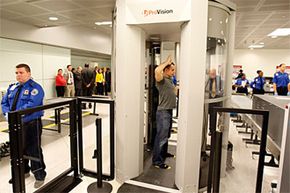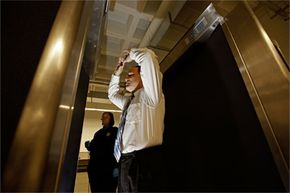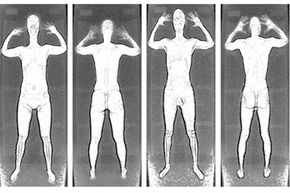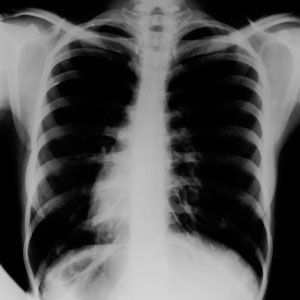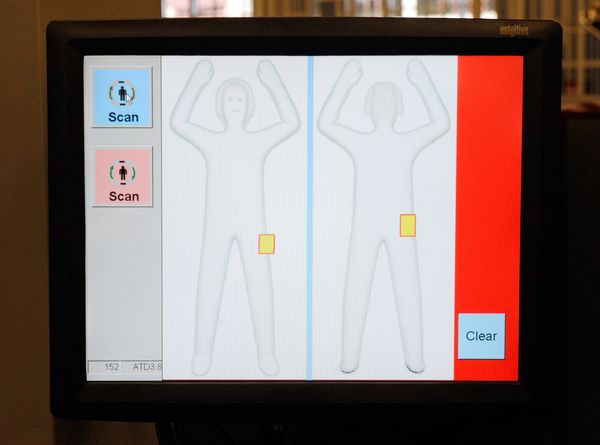If you went on name alone, you might think "advanced imaging technology machines" could help doctors hunt for tumors or other medical conditions. In reality, the label -- euphemism, if you're cynical -- adopted by the U.S. Transportation Security Administration (TSA) describes the whole-body scanners found at airports that detect weapons, explosives or other threats being carried on passengers.
According to the TSA's Web site, the agency had installed 800 advanced imaging technology machines at 200 U.S. airports as of November 2012. The machines come in two flavors, based on the type of electromagnetic radiation they use to make a scan. Backscatter machines -- about 30 percent of the installations -- send low-energy X-rays to bounce off a passenger's body. Millimeter wave (mmw) scanners emit energy more akin to microwaves. Both see through clothing to produce a 3-D image of the person standing in the machine.
Advertisement
As soon as the TSA began installing the scanners in 2010, passengers, pilots and public health officials began firing off questions. How much radiation do these machines produce? Is it enough to increase cancer rates in the general population? And can TSA agents see intimate details we'd rather they didn't?
The European Union has addressed these questions decisively: It bans any body scanners that use X-ray technology. That ban complies with a law in several European countries that says people shouldn't be exposed to X-rays except for medical reasons. In the U.S., the TSA and the vendors that manufacture the scanners – such as Rapiscan for backscatter and L-3 Communications for millimeter wave -- continue to assure the public about the safety of the devices. And they've taken steps to protect passenger privacy by installing software that either creates generic outlines of people or blurs certain regions of the image.
Still, many people remain skeptical that airport scanners, in any shape or form, are completely safe. And many more feel a bit lost trying to understand how the machines work and how they're different. With that in mind, we're going to compare and contrast the two technologies across a variety of parameters, starting with the kind of energy they emit.
Advertisement
